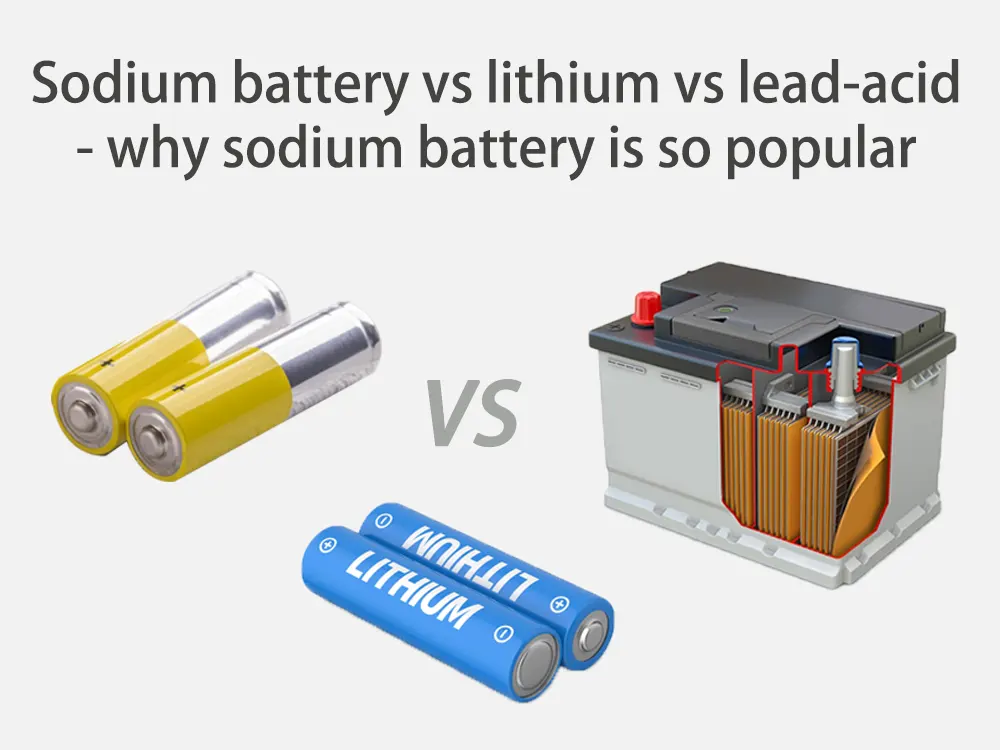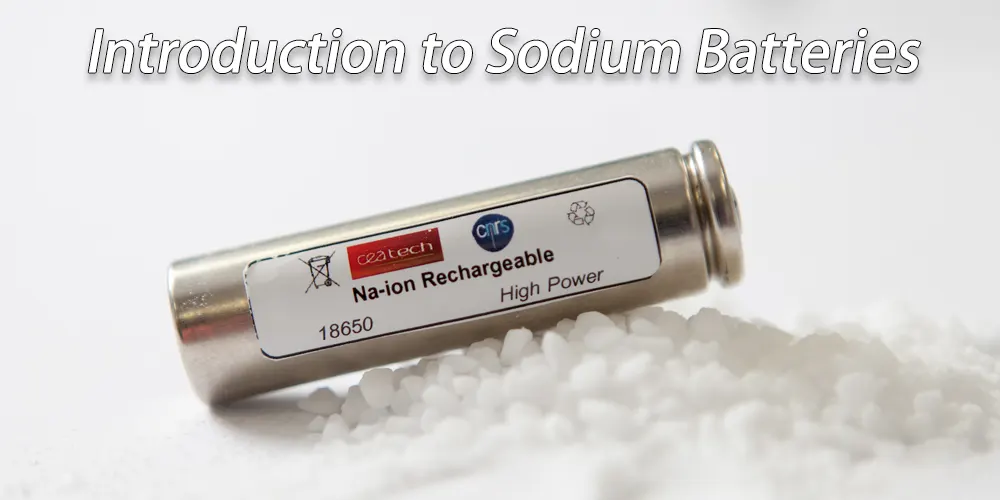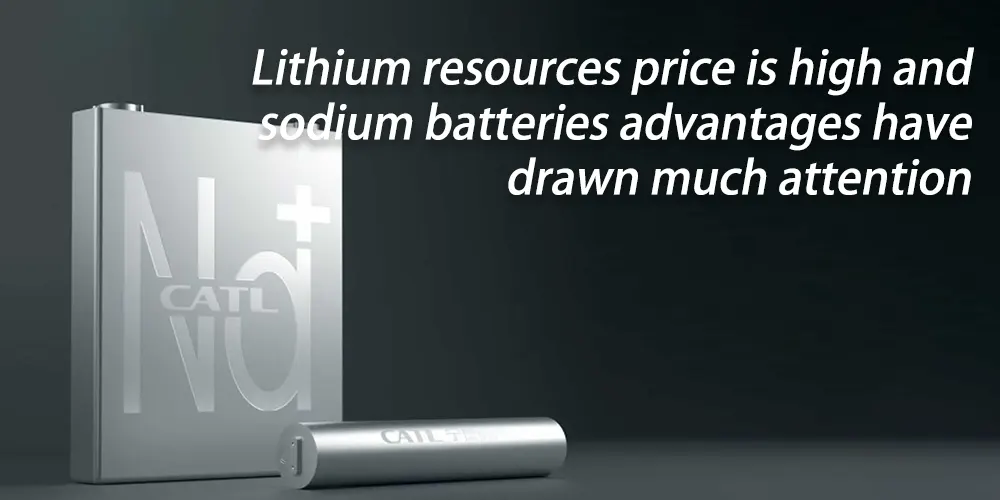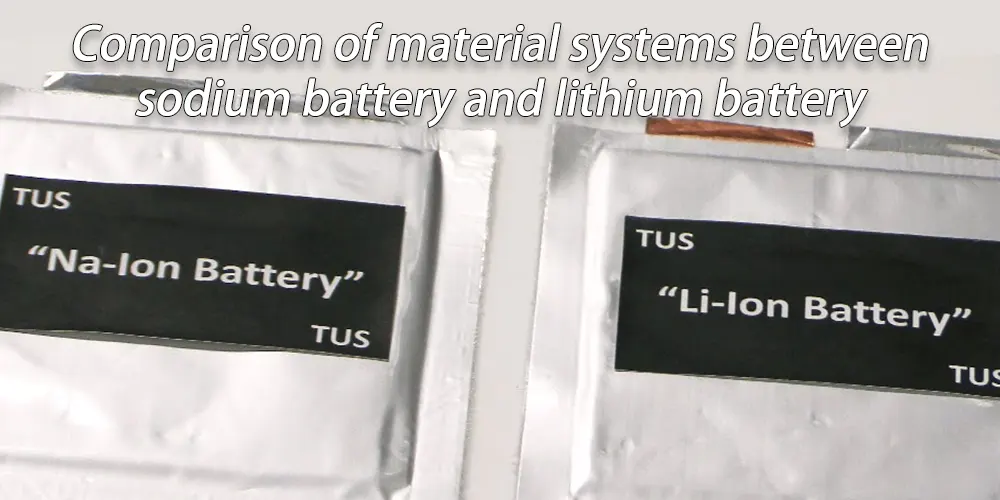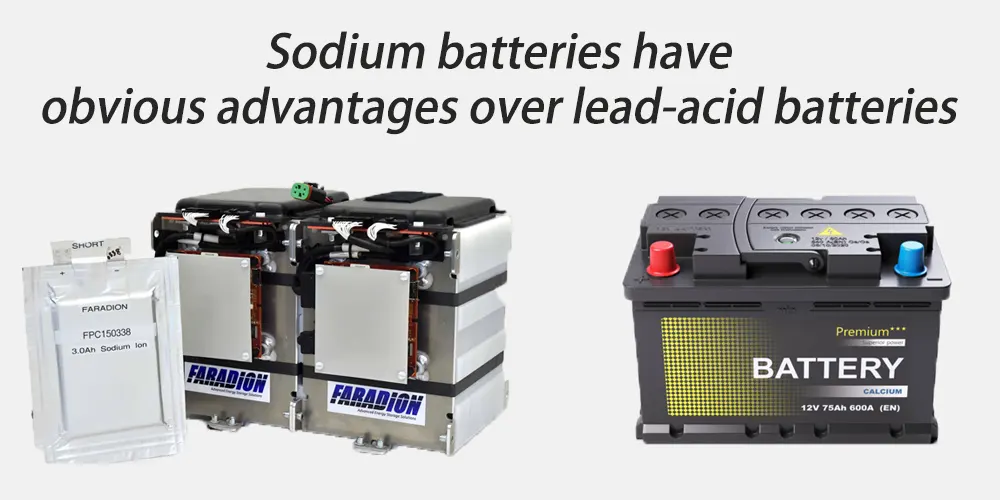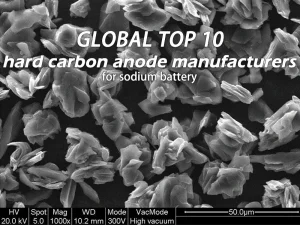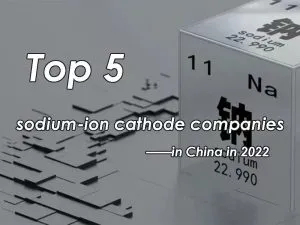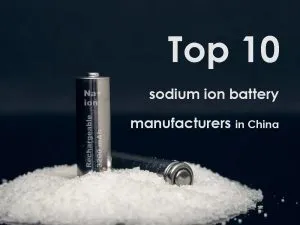Sodium battery vs lithium vs lead-acid - why sodium battery is so popular

Introduction to sodium batteries
Both sodium batteries and lithium batteries are rocking chair secondary batteries, which are secondary batteries that rely on ions to intercalate and deintercalate back and forth between the cathode and anode. Both the cathode and anode materials allow reversible insertion and extraction of sodium ions.
During the charging process, sodium ions are deintercalated from the cathode and inserted into the anode through the electrolyte. At the same time, the compensation charge of the electrons is supplied to the anode through the external circuit, so that the cathode and anode undergo redox reactions to ensure the charge balance of the cathode and anode; the opposite is true during discharge.
Lithium resources price is high and sodium batteries advantages have drawn much attention
Affected by mining conditions and lithium extraction technology, the supply of lithium resources is limited. Lithium is the metal with the smallest density in nature, has extremely strong electrochemical activity, and has the function of energy storage. In terms of the total amount of resources, it is not scarce, but due to the impact of mining conditions and lithium extraction technology, many estimated resources cannot be converted into reserves.
The scarcity of resources and the increasing application fields and demand of lithium-ion batteries such as motorcycle battery, energy storage lithium battery and other power tool batteries have led to a sharp rise in lithium prices. The rapid increase in the penetration rate of electric vehicles has brought about a strong demand for power lithium batteries, and energy storage has gradually become an important application of lithium batteries.
Driven by downstream demand, the price of lithium carbonate continues to rise, and the cost of lithium battery materials has also doubled. The distribution of lithium resources in the world is uneven. China is not rich in lithium resources, and its own resources account for less than 7%.
As a major lithium battery country, China’s lack of resources in the long run may pose a potential supply chain threat, and the development of alternatives is of great significance to industrial security. It is difficult to match the 7% share of lithium resource energy storage with more than 60% of the power battery market share.
Recently, lithium resource countries such as Canada have imposed restrictions on enterprises from other countries to mine their own lithium mines. Under the current situation of intensified global trade conflicts and geopolitical instability, the development of alternatives such as sodium-ion batteries is of great significance for ensuring China’s energy supply and industrial security.
Comparison of material systems between sodium battery and lithium battery
Sodium batteries are similar to lithium batteries in terms of battery principle and battery structure. In terms of material selection, there are still large differences between sodium-ion batteries and lithium-ion batteries, which indirectly leads to cost differences between the two.
Material systems comparison of sodium batteries vs lithium batteries
| Sodium ion battery | Lithium ion battery | |
|---|---|---|
| Cathode | Layered oxides, Prussian blue analogues, polyanionic compounds | Lithium iron phosphate, ternary (different proportions of nickel-cobalt-manganese-lithium) |
| Anode | Carbon-based materials, titanium-based materials, alloy materials, etc. | Graphite, silicon carbon |
| Separator | PP/PE | PP/PE |
| Electrolyte | Sodium salt anions such as sodium hexafluorophosphate | Lithium hexafluorophosphate, LiFSI |
| Current collector | Aluminum foil | Cathode aluminum foil, anode copper foil |
Cathode: Sodium ions have a larger radius than lithium ions, making it difficult to intercalate/extract from layered cathode and anode materials. Therefore, the sodium ion cathode material is lacking in energy density.
At the same time, in order to make the sodium ion intercalation/extraction easier, the corresponding cathode material selection is also different from that of the lithium ion battery. At present, the cathode materials for sodium ions are mainly divided into layered oxides, Prussian and polyanionic compounds.
Anode: The graphite material commonly used in lithium-ion batteries cannot effectively intercalate sodium ions, and the material needs to be replaced. At present, the technical route of sodium battery anode can be divided into carbon-based materials, titanium-based materials and alloy materials.
Electrolyte: The molar conductivity of sodium ions is higher, the required electrolyte concentration is lower, and the requirements for additives are also lower, resulting in lower electrolyte costs.
Current collector: Lithium-ion batteries require cathode current collector aluminum foil and anode current collector copper foil. Both the cathode and anode current collectors of sodium ion batteries can use aluminum foil with lower cost, which brings cost advantages.
Sodium batteries have obvious advantages over lead-acid batteries
Compared with lithium batteries, sodium batteries are close to lithium iron phosphate in terms of energy density, and have advantages in low temperature performance, safety and fast charging:
Energy density: The energy density of sodium battery cells is higher than that of lead-acid batteries, and similar to that of lithium iron phosphate. At present, the energy density of commercial sodium-ion batteries is 90~160Wh/kg, which is much higher than the 50~70Wh/kg of lead-acid batteries.
Compared with lead-acid batteries, the cycle life has obvious advantages, and it is more environmentally friendly. In the future, lead-acid batteries may be fully replaced. Compared with lithium-ion batteries, the energy density of sodium batteries is close to the level of 120~180Wh/kg of lithium iron phosphate batteries.
Low temperature performance: The normal operating temperature range of sodium batteries is -40°C to 50°C (lithium batteries -20~60°C), and the capacity retention rate is nearly 90% at -20°C. Compared with lead-acid batteries and lithium iron phosphate batteries, the capacity retention rate of 60%~70% has obvious advantages, and the low temperature performance is excellent.
Safety: The internal resistance of sodium-ion batteries is higher, and the thermal runaway temperature is higher than that of lithium-ion batteries. In tests such as overcharge and overdischarge, acupuncture, and extrusion, the safety performance of sodium-ion batteries is excellent.
Fast charging performance: Sodium-ion batteries have better rate performance and are suitable for applications such as fast charging, responsive energy storage in some of top 5 energy storage battery companies, and large-scale power supply.
Conclusion
Combining the above characteristics, sodium-ion batteries are close to lithium iron phosphate in terms of performance. The current main gap between sodium batteries and lithium iron phosphate is in cycle performance. Since sodium has a larger ionic radius and molar mass than lithium, the cycle life of sodium batteries at this stage is generally 2000-3000 times, and the energy density will decrease significantly if the number of cycles is increased.
In terms of overall performance, under the background of falling costs, sodium-ion batteries are expected to replace lead-acid batteries and complement lithium-ion batteries. They are the first to be popularized and applied in market segments such as energy storage, electric vehicles with low and medium mileage, and two-wheeled vehicles.


